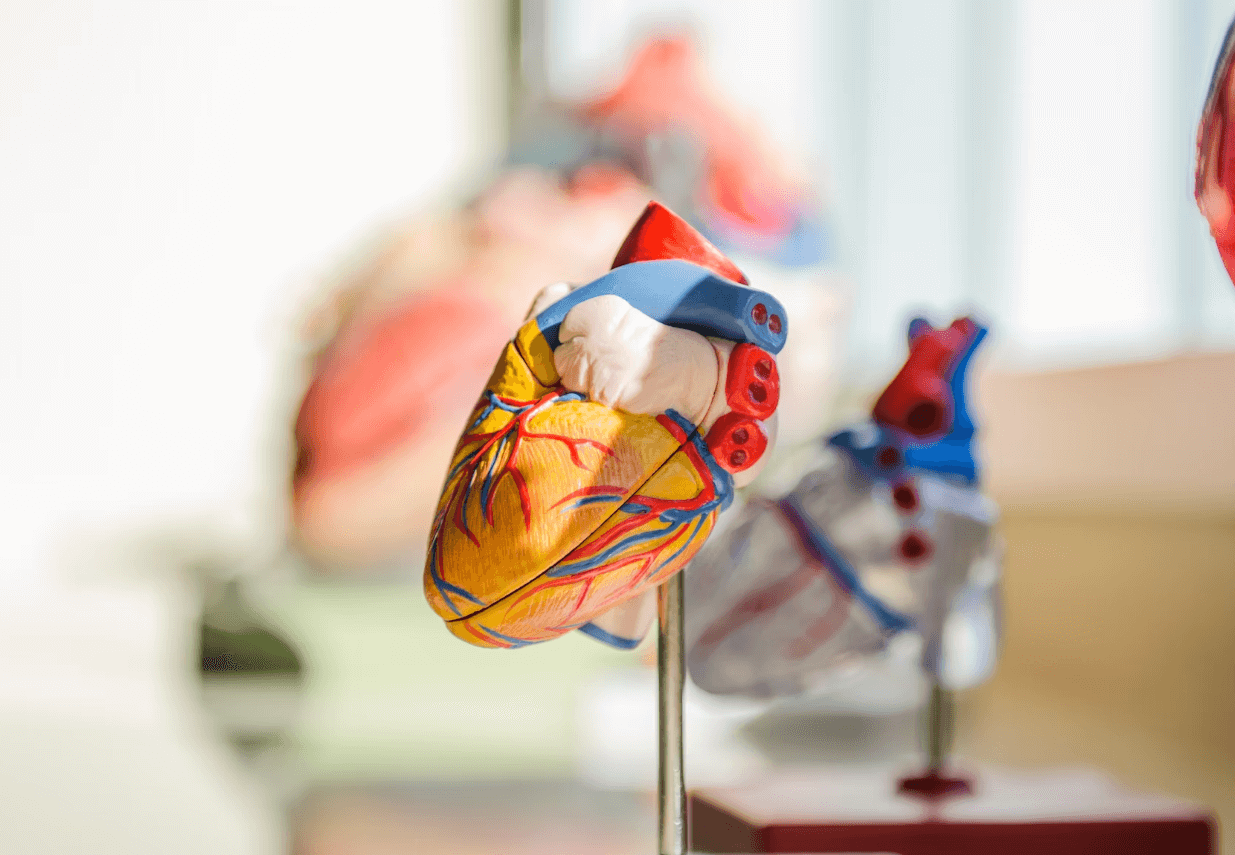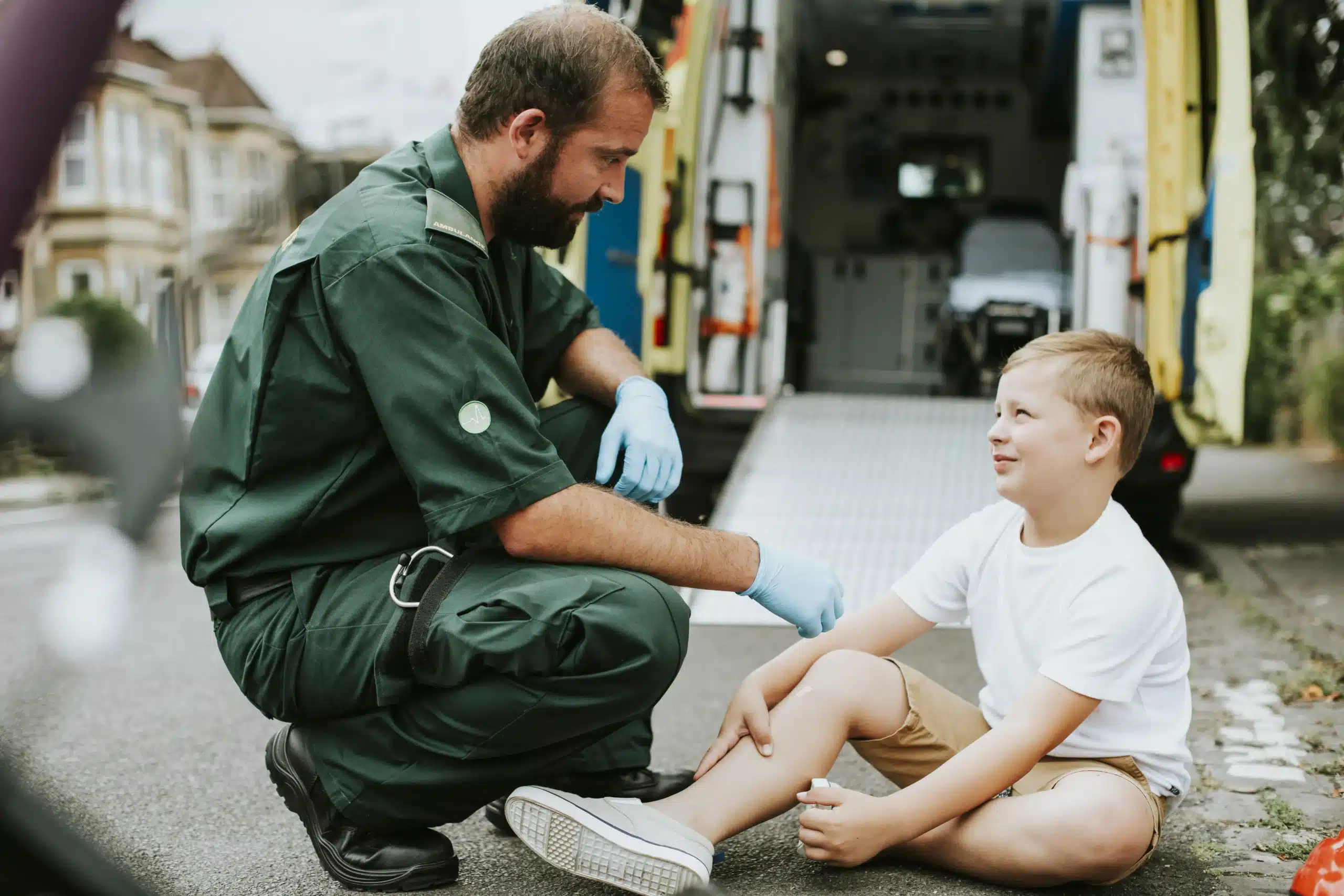CPR (Cardiopulmonary Resuscitation) is one of the most crucial skills in healthcare. It has the power to save lives during emergencies by restoring vital blood flow and oxygen, buying precious time until advanced medical care is available. Whether performed by a trained healthcare professional or a bystander, CPR’s impact is undeniable. This blog explores why CPR is vital, its history, life-saving potential, the role of professionals, and training essentials for everyone.
What Is CPR and Its Role in Healthcare?
The Definition and Process of CPR
CPR stands for Cardiopulmonary Resuscitation, a life-saving technique used in cardiac or respiratory emergencies. It involves a combination of chest compressions and rescue breaths to maintain circulation and oxygenation when the heart or lungs stop functioning.
The immediate goal of CPR is to sustain blood flow and oxygen to vital organs, especially the brain, to prevent brain damage or death. The overarching objective is to stabilize the patient until advanced care, such as defibrillation or emergency medical services, can take over.
Universal Applicability of CPR
CPR isn’t limited to hospital emergencies. It can be used virtually anywhere—at home, in public spaces, or during healthcare crises like heart attacks, drowning, or choking. This universality makes it an indispensable skill for healthcare professionals and everyday individuals alike.
The History of CPR
The Evolution of CPR Techniques
CPR’s roots date back to the 18th century, with methods like chest compressions and mouth-to-mouth resuscitation gaining prominence in the 1950s. Here’s a brief timeline of its evolution:
- 1740 – Paris Academy of Sciences endorsed mouth-to-mouth resuscitation for drowning victims.
- 1956 – Mouth-to-mouth resuscitation was rediscovered and popularized.
- 1960 – CPR as we know it emerged, thanks to Dr. Peter Safar and Dr. James Elam.
- 1970s – The American Heart Association (AHA) introduced standardized CPR guidelines for medical professionals and the public.
Modern CPR techniques are grounded in decades of scientific research, continually evolving to improve outcomes.
The Importance of CPR in Saving Lives
Impactful Statistics You Need to Know
According to the statistics, cardiac arrests affect over 350,000 people in the U.S. annually, with 70% occurring at home. Immediate CPR can double or even triple an individual’s survival chances. Unfortunately, only 46% of cardiac arrest victims receive bystander CPR before professional help arrives.
The Chain of Survival
The “chain of survival” illustrates the critical steps needed to save a cardiac arrest victim:
- Recognize the emergency and call for help.
- Begin CPR immediately.
- Use an Automated External Defibrillator (AED).
- Provide advanced medical care.
CPR occupies the second link, which is pivotal in keeping the victim alive until the chain progresses to advanced care.
Bystander CPR Saves Lives
Performing CPR, even imperfectly, is far better than doing nothing. Studies show that bystanders trained in CPR can significantly impact survival rates, especially in out-of-hospital cardiac arrests.
The Role of Healthcare Professionals in CPR
CPR Competency Is a Must
Healthcare professionals—nurses, doctors, paramedics, and even administrators—are often the first responders during emergencies. Proficiency in CPR isn’t just expected; it’s mandatory.
Ongoing Training and Certifications
CPR techniques evolve, and healthcare workers must stay updated through regular recertifications. Advanced Life Support (ALS) and Basic Life Support (BLS) certifications offer in-depth training for professionals, enhancing their effectiveness in emergencies.
The Critical Role of Leadership
Hospital administrators and team leaders must prioritize CPR training by ensuring that all staff stay current on guidelines. Regular mock drills can prepare teams for real-life emergencies, fostering quicker and more coordinated responses.
CPR Training and Certification
Pathways to CPR Certification
Getting certified in CPR is simpler than it may seem. Here’s how:
- Find a Training Program: Organizations like the American Heart Association (AHA) and Safety Training Seminars offer both in-person and online courses.
- Complete Training: Programs generally take 4–8 hours and include hands-on practice.
- Get Certified: Receive a certification card valid for 1–2 years, depending on the program.
Types of Certification
- Basic Life Support (BLS) – Designed for healthcare workers, covering CPR, AED use, and basic airway management.
- Advanced Cardiac Life Support (ACLS) – Geared toward advanced practitioners like physicians and paramedics.
- Community CPR and First Aid – Ideal for the public and workplace first responders.
Why Everyone Should Learn CPR
CPR isn’t just for healthcare professionals. Training the general public increases the likelihood of immediate intervention during emergencies, making communities safer overall.
Debunking Myths About CPR
The fear of doing something wrong often stops people from performing CPR. Some common myths include:
Myth 1: Only Professionals Should Perform CPR
Fact: Anyone can perform CPR. Bystander CPR, even if not perfect, greatly increases survival chances.
Myth 2: Applying CPR Can Do More Harm
Fact: While there’s a slight risk of injury during chest compressions, the alternative—doing nothing—is far worse. Brain death occurs within 4 to 6 minutes of oxygen deprivation, making immediate action essential.
Myth 3: You Need Special Equipment
Fact: CPR doesn’t require specialized tools. Your hands and knowledge are the most critical tools in an emergency.
CPR in Healthcare Is Non-Negotiable
By now, it’s clear why CPR is not just a valuable skill but a necessity in healthcare. It’s an essential tool in emergencies, bridging the gap between life and death while awaiting professional intervention.
Key Takeaways
- CPR Saves Lives: Acting quickly during cardiac emergencies doubles or triples survival chances.
- Healthcare Workers Lead the Charge: Professionals must stay certified and competent to handle emergencies effectively.
- Public Training Is Critical: Widespread CPR knowledge fosters safer and more resilient communities.
Action Steps
If you’re not CPR certified yet, consider enrolling in a course offered by Safety Training Seminars. Whether you’re interested in CPR and First Aid, BLS, ACLS, or PALS, there’s a program tailored for you. Don’t wait—your ability to act could save a life.
Empower your team or community by making CPR training a priority today.






